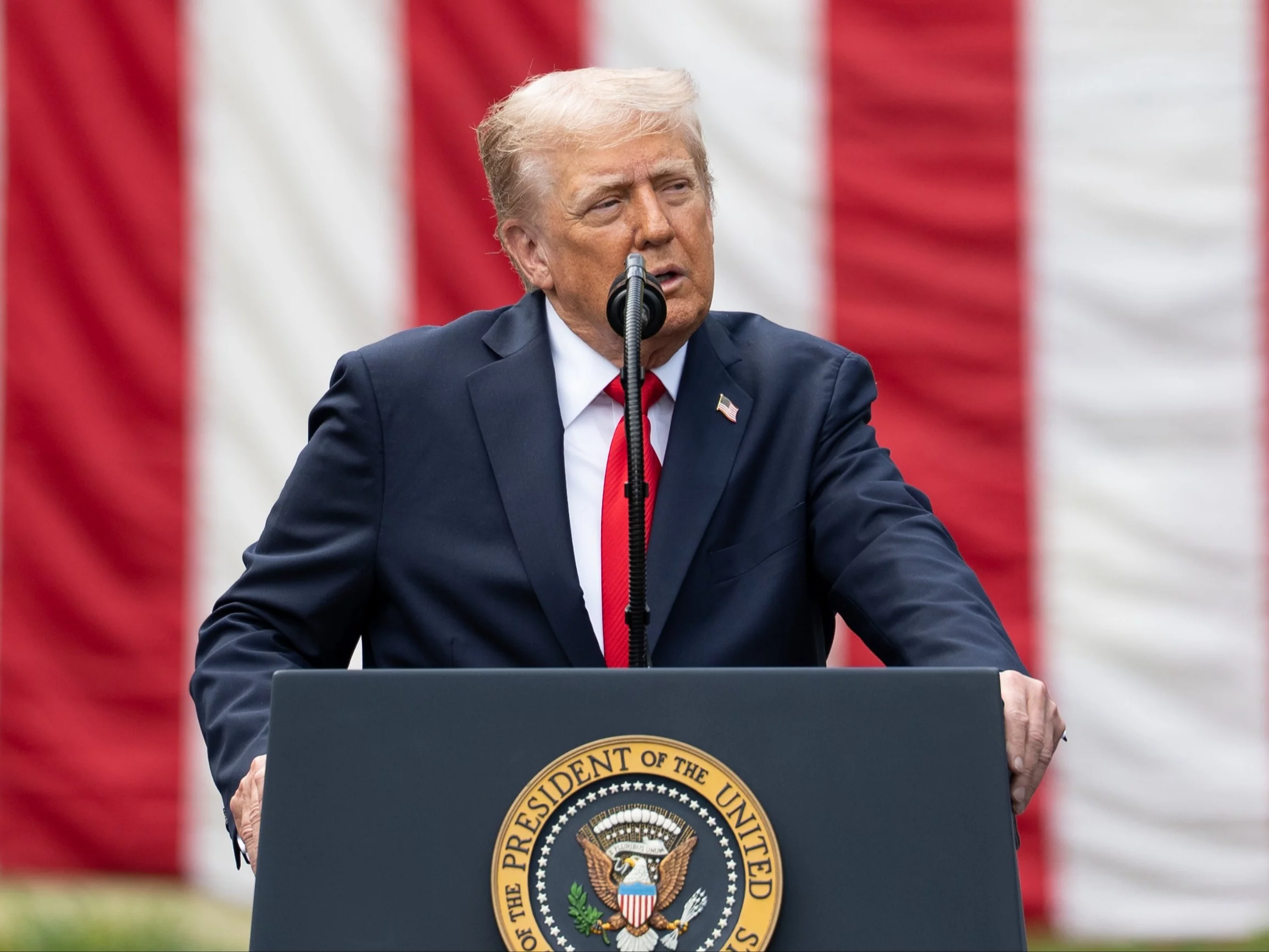
4 мифа о нефтяном рынке, которые не умрут
Автор: Цветана Параскова, OilPrice.com,
Несмотря на заявления об энергетической независимости, США остаются чистым импортером сырой нефти, хотя в целом они являются чистым экспортером нефти.
На цены на нефть влияет сложное взаимодействие спроса, предложения и геополитических событий, а не только ОПЕК или президенты США.
Хотя возобновляемые источники энергии растут, ожидается, что нефть не будет полностью заменена в ближайшее время из-за ее важной роли в различных секторах, таких как транспорт и нефтехимия.
Они были развенчаны. Неоднократно. Но, как зомби в фильме ужасов, эти мифы о нефтяном рынке просто не останутся мертвыми. От лозунгов кампании до аргументов коктейльных вечеринок, вот что на самом деле говорят данные.

1) США являются энергетически независимыми
Энергетическая независимость была ключевым лозунгом в кампаниях и президентских сроках президента Дональда Трампа. Сделать Америку снова великой и сделать США энергетически независимыми часто были связаны с одним обещанием или требованием.
Факт: В то время как США стали нетто-экспортером нефти в 2020 году впервые с момента начала записей в 1949 году, они по-прежнему импортируют более 8 миллионов баррелей в день сырой нефти, нефтепродуктов, биотоплива и жидкостей углеводородного газа. В 2023 году около 6,48 млн баррелей в сутки было сырой нефтью — примерно 76% от общего валового импорта нефти — по данным Управления энергетической информации США (EIA). Это означает, что США экспортируют больше нефти, чем импортируют, но они остаются чистым импортером сырой нефти.
В пятерку стран-источников валового импорта нефти США в 2023 году вошли Канада, Мексика, Саудовская Аравия, Ирак и Бразилия. Только на Канаду приходилось более половины - 52% - всего импорта нефти в Соединенные Штаты. Мексика заняла второе место с долей 11%, а Саудовская Аравия - третье с 5% всего валового импорта нефти в США.
Распространенное заблуждение, вероятно, связано с тем, что США также экспортируют сырую нефть и другие нефтепродукты, и они превысили импорт за последние четыре года.
В 2023 году США экспортировали около 10,15 млн баррелей нефти в сутки в 173 страны и 3 территории США, согласно данным EIA. Экспорт сырой нефти около 4,06 млн баррелей в сутки составил 40% от общего объема экспорта нефти в США. Итоговая сумма чистый импорт нефти (импорт минус экспорт) около 1,64 млн. баррелей в сутки, что означает, что Соединенные Штаты были чистый экспортер нефти 1,64 млн баррелей в сутки в 2023 году.
Импорт нефти в США достиг пика в 2005 году и с тех пор снижается, поскольку увеличение внутреннего производства нефти и увеличение экспорта нефти помогли сократить годовой общий объем импорта нефти.
США стали нетто-экспортером нефти в 2020 году, впервые с тех пор, как в данных ОВОС, относящихся к 1949 году.
Хотя годовой общий экспорт нефти в США был больше, чем общий импорт нефти, Соединенные Штаты по-прежнему импортируют больше нефти, чем экспортируют. Чистый импортер сырой нефти.
Несмотря на рекордную добычу сырой нефти в США, нефтеперерабатывающие заводы США нуждаются в более тяжелой нефти, чем легкая нефть из сланцевых бассейнов, для переработки в топливо. Это еще одна причина, по которой канадская нефть является крупнейшим иностранным источником сырой нефти, помимо близости и трубопроводов, отправляющих ее на юг в центры спроса и переработки на Среднем Западе и побережье Мексиканского залива США.
2) ОПЕК самостоятельно контролирует цены на нефть
Еще один миф, который существует со времен арабского нефтяного эмбарго в 1970-х годах, заключается в том, что ОПЕК, Организация стран-экспортеров нефти, несет единоличную ответственность за международные цены на нефть.
Не то чтобы ОПЕК не пыталась – и не преуспела – на протяжении многих лет в повышении или снижении цен на нефть, но цена на нефть является не только функцией предложения, большая часть которого контролируется картелем.
Цена также определяется спросом. В случае замедления экономического роста, рецессии, слабости экономики на основных развивающихся рынках, потребляющих нефть, или глобальных пандемий, требуются резервуары. ОПЕК часто реагирует на эти события сокращением предложения, но не может напрямую влиять на спрос.
Замедление спроса – даже если это только форвардные опасения по поводу более слабого спроса, а не фактические данные – снижает цены на нефть. Самым последним примером является падение рынка с начала апреля, когда объявление тарифов президентом Трампом вызвало опасения по поводу надвигающейся рецессии.
На цены на нефть также часто влияют геополитические события, включая войны и конфликты, которые находятся вне контроля ОПЕК. Например, российское вторжение на Украину в 2022 году привело к всплеску цен на нефть выше $100 за баррель и к всплескам цен на энергоносители и стоимости жизни во многих странах. 12-дневная война между Израилем и Ираном в июне также подняла цены на нефть на фоне опасений, что самая важная в мире транспортная магистраль для транспортировки нефти - Ормузский пролив - может быть заблокирована или что энергетическая инфраструктура на Ближнем Востоке может быть поражена.
3) Президент США может контролировать цены на бензин в Америке
Последний конфликт на Ближнем Востоке был потушен после удара США по иранским ядерным объектам. Прекращение огня, объявленное президентом Трампом, ослабило повышательное давление на цены на нефть, которые вернулись к довоенному уровню.
Президент, возможно, косвенно повлиял на цены на нефть, но ни один президент США не может контролировать мировые цены на нефть, которые являются крупнейшей ценовой составляющей цен на бензин в США.
Глобальный и американский спрос и предложение являются ключевыми факторами цен на сырую нефть. Стоимость сырой нефти является крупнейшим драйвером розничных цен на бензин в США - на нее приходится более 52% от цены галлона обычного бензина, согласно оценкам EIA. В 2023 году федеральные и государственные налоги составили 14,4% от цены галлона бензина, расходы на распределение и сбыт и прибыль составили 14,3%, а затраты на переработку и прибыль — 18,7%.
Президенты, как правило, берут на себя ответственность за снижение цен на бензин и возлагают вину за высокие цены на бензин на предыдущие администрации, Путина или кого-то, кого удобно обвинять. Это подтверждает поговорку о том, что высокие цены на бензин являются одним из худших страхов действующего президента.
Совсем недавно бывший президент Байден и демократы обвинили Путина в цене бензина в 5 долларов за галлон в 2022 году.
Президент Трамп и его союзники в настоящее время рекламируют энергетическую политику для обеспечения самых дешевых цен на газ в День независимости за четыре года.
На самом деле торговая и тарифная политика президента Трампа напугала рынки и понизила цены на нефть, поскольку трейдеры и спекулянты продолжают беспокоиться о глобальной и американской экономике на фоне торгового хаоса. При более низких ценах на нефть, сланцевый пластырь США будет бороться за «бурение, детка, бурение», как любит говорить президент Трамп.
4) Нефть скоро будет заменена возобновляемыми источниками энергии
"Нефть мертва", - говорится в заголовке с 2015 года. И все же мы здесь...
Международное энергетическое агентство (МЭА) продолжает настаивать на том, что пик мирового спроса на нефть все еще находится на горизонте - к концу десятилетия.
Ежегодный глобальный рост замедлится с примерно 700 000 баррелей в день в 2025 и 2026 годах «до просто просачивания в течение следующих нескольких лет, с небольшим снижением, ожидаемым в 2030 году, на основе сегодняшних политических установок и рыночных тенденций», - говорится в ежегодном докладе МЭА «Нефть 2025» в среднесрочной перспективе.
Большинство отраслевых аналитиков и нефтяных гигантов ожидают, что в какой-то момент в 2030-х годах спрос достигнет плато, но никто не видит снижения потребления.
Электромобили могут снизить спрос на топливо для автомобильных перевозок в Китае и Европе, но в обозримом будущем самолеты и суда по-прежнему будут нуждаться в топливе на основе нефти.
Солнечная энергия и ветер могут заменить большую часть ископаемого топлива в производстве электроэнергии, но они не могут производить нефтехимию, ваши Lego, джинсы, куртки или шампуни.
Несмотря на бесконечные прогнозы, нефть продолжает адаптироваться к тем самым тенденциям, которые должны были ее убить.
Мифы терпят, потому что они просты. Но энергетические рынки – нет. Они беспорядочны, глобальны и управляются силами, находящимися далеко за пределами досягаемости звуковых битов. Будь то бычий, медвежий или просто пытающийся выжить после заполнения заправочной станции, стоит знать, что такое факт и что такое окаменелая фантастика.
Тайлер Дерден
Фри, 07/18/2025 - 14:05












![Seria napadów na Bałutach. Policja zatrzymała multirecydywistę [ZDJĘCIA]](https://storage.googleapis.com/patrykslezak-pbem/tulodz/articles/image/212d6030-72e0-43d0-a343-f48d01a2c95f)
